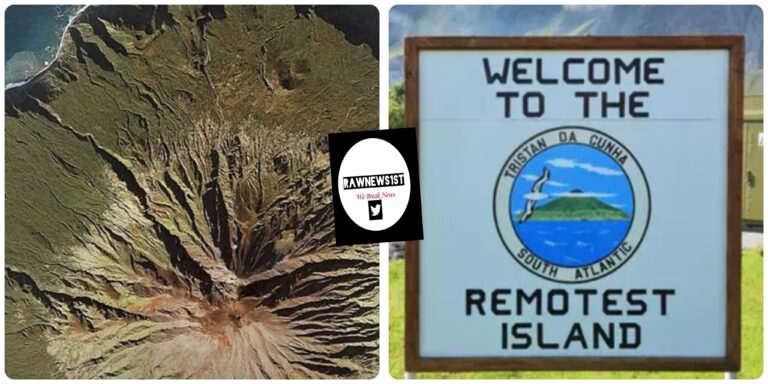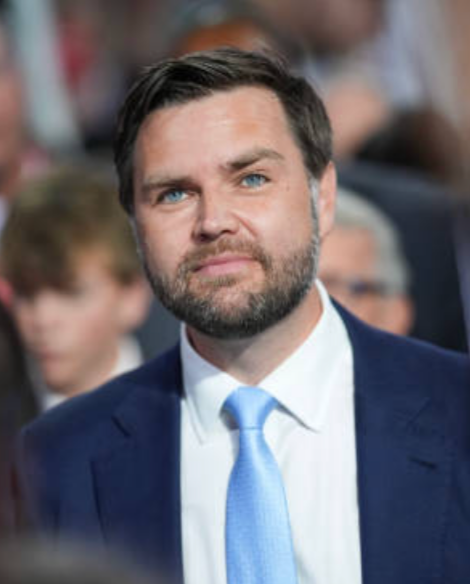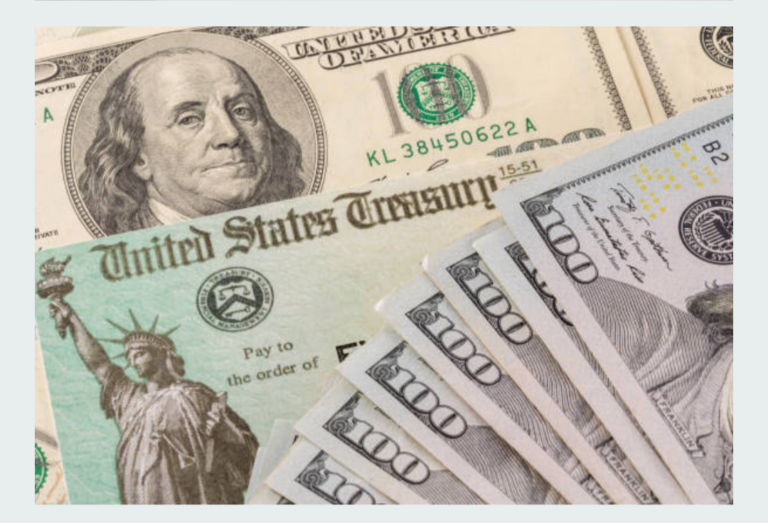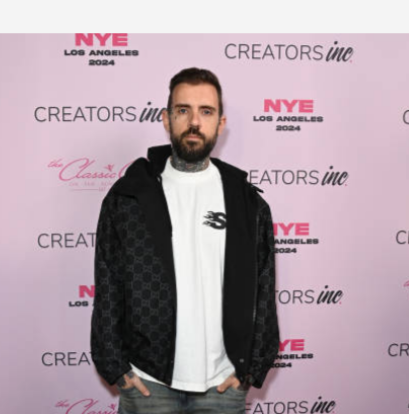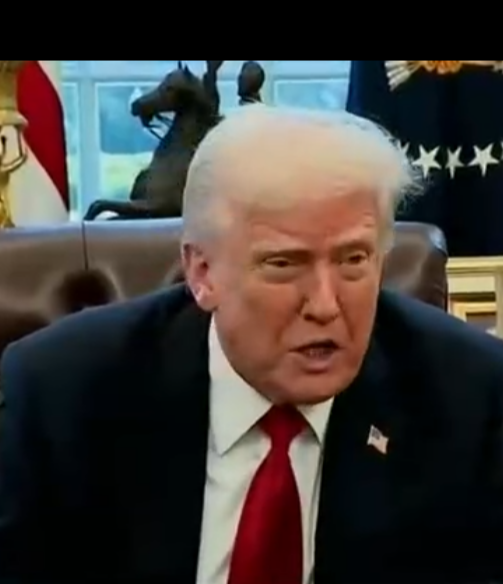
April 6, 2021- 1:39 p.m
BRUSSELS — The United States and Iran agreed through intermediaries on Tuesday to establish two working groups to try to get both countries back into compliance with the 2015 Iran nuclear deal.
In a meeting of the current members of the deal in Vienna, all parties agreed to establish one working group to focus on how to get the United States back to the deal by lifting harsh economic sanctions imposed or reimposed after President Donald J. Trump pulled out of the accord in May 2018.
The other working group will focus on how to get Iran back into compliance with the accord’s limitations on nuclear enrichment and stockpiles of enriched uranium.
The two groups have already begun their efforts, according to Mikhail Ulyanov, the Russian representative who is ambassador to international organizations in Vienna.
Mr. Ulyanov called Tuesday’s meeting of the joint commission on the Iran deal an initial success.
But in a Twitter message, he cautioned that restoration of the deal “will not happen immediately. It will take some time. How long? Nobody knows. The most important thing after today’s meeting of the Joint Commission is that practical work toward achieving this goal has started.”
President Biden has vowed to bring the United States back into the deal, which would mean removing the 1,600 or so sanctions imposed on Iran after Mr. Trump pulled out of an accord he regarded as too weak and tried to bring Iran to renegotiate through economic pressure. In part because of those sanctions, the European signatories failed to provide the economic benefits Iran was due. After about a year, in 2019, Iran began to violate the enrichment limits of the accord.
Iranian officials say they can return to compliance fairly quickly, but insist they want the United States to lift sanctions first. Washington wants Iran to return to compliance first.
The new working groups are intended to create a road map for a synchronized return of both countries to compliance. But even if there is agreement, verification will take some time given the technical complications and the absence of trust on both sides.
For instance, companies that want to do business with Iran, and that were burned badly when Mr. Trump reimposed powerful American sanctions, will want to be sure that a new administration won’t reimpose sanctions. Iran will want to see economic benefits, not just the promise of them, and the United States will want the International Atomic Energy Agency to ensure that Iran has returned to compliance and is not cheating, as it has done in the past.
In Vienna, Iran met with the other current members of the deal — Britain, China, France, Germany and Russia, under the chairmanship of the European Union — in a grand hotel ballroom, while the American team, led by special envoy Robert Malley, worked separately in a nearby hotel. Iran has refused to meet directly with the United States, so the Europeans have been undertaking a kind of shuttle diplomacy.
The United States also wants to convince Iran to negotiate longer time limits for the accord and to begin further talks on limiting Iran’s missiles and support for allies and Shia militias through the region, including in Syria, Iraq and Lebanon. Iran has said that it has no interest in considering further negotiations until the United States restores the status quo ante and rejoins the deal.
More broadly, American officials are trying to gauge whether the United States and Iran can agree on how each can come back into compliance with the nuclear deal — or, at least, work toward bridging any gaps in a mutual understanding.
Iran was represented by Abbas Araghchi, the deputy foreign minister, who was crucial to negotiating the 2015 deal, known formally as the Joint Comprehensive Plan of Action, or J.C.P.O.A., with the administration of President Barack Obama and Mr. Biden, then vice president.

Mr. Araghchi said in a statement after the talks that lifting U.S. sanctions would be “the first and most necessary step in reviving the J.C.P.O.A. The Islamic Republic of Iran is fully ready to stop its retaliation nuclear activity and return to its full commitments as soon as U.S. sanctions are lifted and verified.”
On Monday, an Iranian government spokesman, Ali Rabiei, said that President Hassan Rouhani and the Supreme Leader, Ayatollah Ali Khamenei, were in agreement about nuclear talks. “Everything can happen really quickly in a series of independent but connected synchronized steps,” Mr. Rabiei said, according to official Iranian media.
Enrique Mora, who led Tuesdays’s session for the European Union, called the meeting “constructive,’’ adding: “There’s unity and ambition for a joint diplomatic process with two expert groups on nuclear implementation and sanctions lifting.” As the coordinator of the commission, he said, “I will intensify separate contacts here in Vienna with all relevant parties, including the U.S.”
Speaking on Monday, a State Department spokesman, Ned Price, said talks will be structured around working groups that the Europeans will form with the other parties to the accord. He called the talks a “healthy step forward” but added that “we don’t anticipate an early or immediate breakthrough, as these discussions, we fully expect, will be difficult.”
